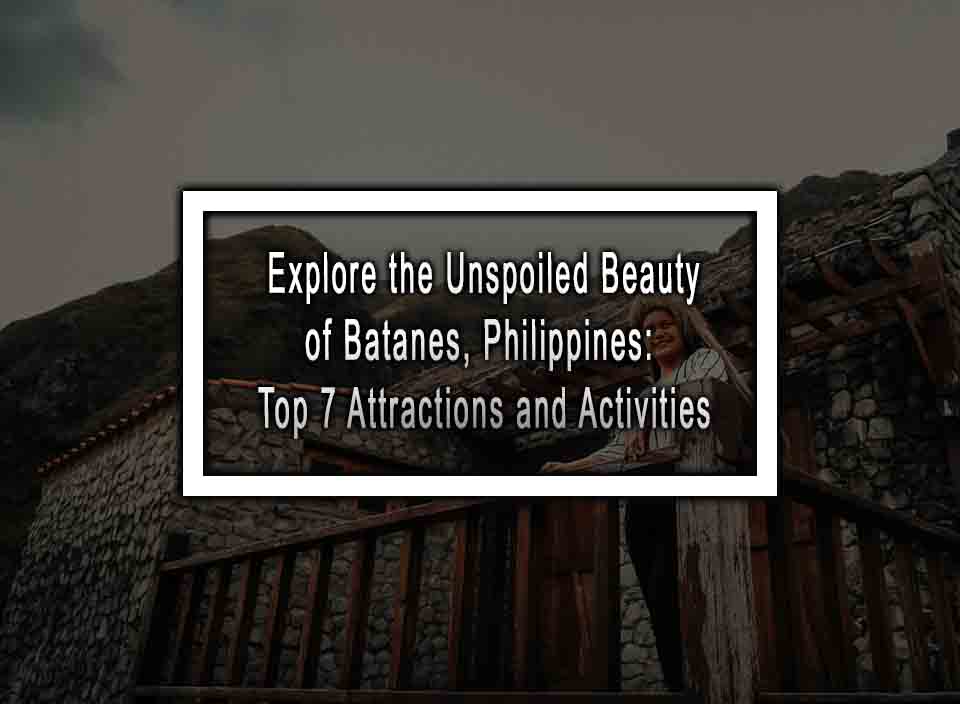Ready to Get Blown Away by Batanes? Let’s Dive into this Picture-Perfect Paradise!
Nestled at the northernmost tip of the Philippines, Batanes is a series of breathtaking islands that seem to defy reality with their sheer natural beauty. Known for its rugged landscape, ancient culture, and serene atmosphere, Batanes offers a unique and enchanting escape from the fast-paced world. If you’re craving an adventure that combines the tranquility of nature with a rich cultural heritage, Batanes should be on your travel radar. From its rolling hills and steep cliffs to its crystal-clear waters, this gem of the Philippines is waiting to be explored.
Whether you’re a nature aficionado, a seasoned traveler, or someone looking for an off-the-beaten-path experience, these stunning islands have something special just for you. Join us as we embark on a virtual journey through Batanes, highlighting the top attractions and must-see spots that will leave you yearning to witness the magic firsthand. Buckle up, because once you discover the wonders of Batanes, your travel bucket list will never be the same!
1. The Rolling Green Hills of Vayang
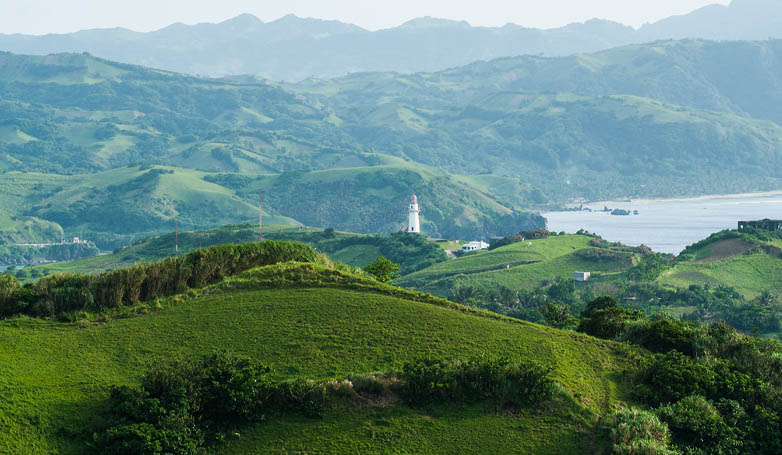
Vayang Rolling Hills is a breathtaking landscape located in Batanes, Philippines, offering panoramic views of the verdant hills and the deep blue sea that defines the northernmost province of the country. Renowned for their dramatic and picturesque scenery, the hills provide a serene and peaceful atmosphere that embodies the unspoiled beauty of Batanes. As visitors traverse these undulating slopes, they are enveloped by the fresh, cool breezes and the sound of the waves crashing against the cliffs. The area is an ideal spot for photography, relaxation, and a deep appreciation of nature. The cultural significance and the traditional stone houses dotting the landscape add a unique charm to Vayang, reflecting the Ivatan’s harmonious relationship with their environment.
Trivia
- Vayang Rolling Hills face the West Philippine Sea, known for its stunning sunsets where the sky bursts into a palette of colors.
- The name ‘Vayang’ is derived from the Ivatan language, spoken by the indigenous residents of Batanes.
- Vayang Rolling Hills are sometimes called the “Marlboro Country” of the Philippines, reminiscent of the vast and uninhibited landscapes associated with the famous cigarette advertisements, minus the commercial context.
2. The Timeless Basco Lighthouse
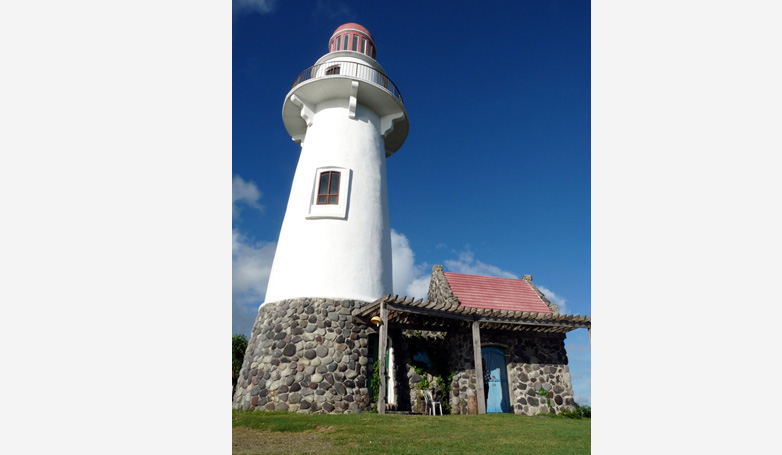
Basco Lighthouse, perched atop a hill in the Naidi Hills, is an iconic structure in Basco, Batanes, Philippines. This lighthouse serves as both a navigational aid for mariners and a popular tourist attraction. It stands proudly facing the West Philippine Sea, offering breathtaking views of the surrounding Batanes landscapes and seascapes. Constructed on the foundations of an old telegraph facility that connected Batanes with the northern provinces of Luzon, Basco Lighthouse has become synonymous with the serene and rustic charm of the islands. The three-story structure features a viewing deck on its topmost level, allowing visitors to appreciate panoramic vistas that encapsulate the beauty of the northernmost province of the Philippines.
- It was constructed in the early 2000s as part of the Philippine government’s lighthouse rehabilitation program and quickly became a symbol of Batanes.
- It is strategically located just a 1.2-kilometer walk from Basco town proper, making it one of the most accessible attractions on the island for those staying in the capital.
- During the Second World War, Naidi Hills was a site of both Japanese and American forces, and the current lighthouse stands as a symbol of peace and a beacon of hope, reflecting the island’s turbulent history and its journey towards a tranquil present.
3. The Limestone House Tradition in Ivatan
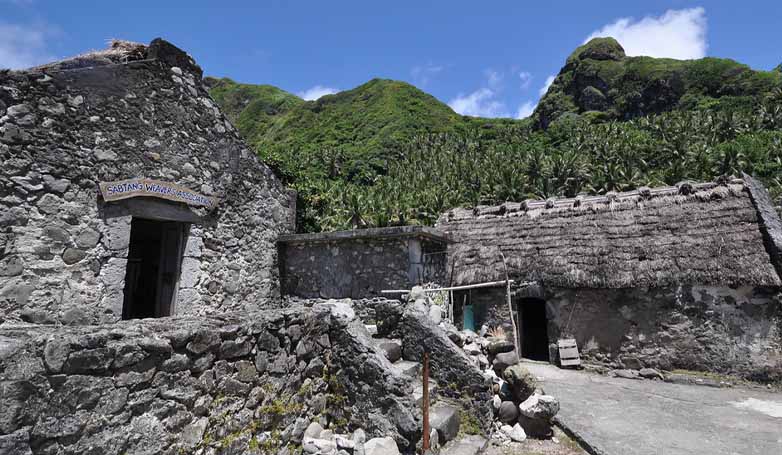
In the northernmost region of the Philippines, the Batanes archipelago, Ivatan homes are a symbol of resilience and cultural identity. Built to withstand the challenging weather, particularly during the typhoon season, Ivatan houses are made from limestone and corals, materials readily available in the region. Their walls are thick, providing insulation and stability, while the roofs are traditionally thatched with cogon grass. These vernacular structures, called Ivatan bahay na bato (stone houses), feature small windows to minimize the impact of strong winds. A key element of these traditional houses is the lime paste, called “jinjin,” used to hold the stones together. This technique ensures longevity and protection, making the houses iconic structures that blend practicality with cultural heritage.
Trivia
- The Ivatan house design has been perfected over generations to resist earthquakes, a common occurrence in Batanes.
- UNESCO has recognized the traditional architecture of Batanes as a tentative World Heritage site for its unique adaptation to the environment.
- Roofs of the houses need regular replacement, usually every 25-30 years, due to the degrading effect of the weather.
4. The Stunning Valugan Boulder Beach
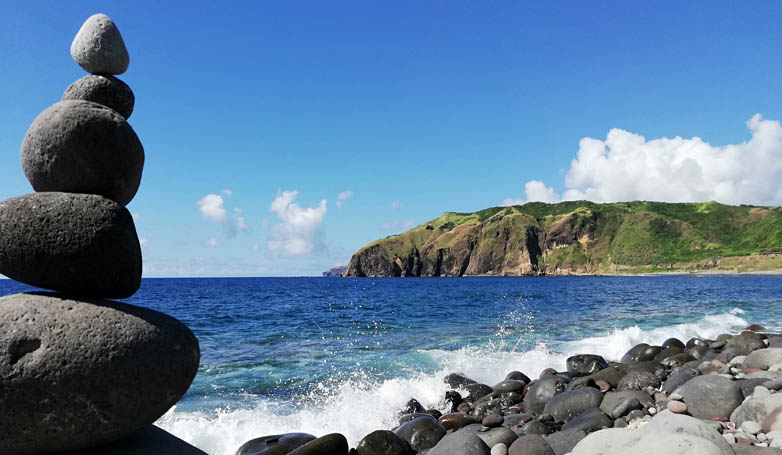
Valugan Boulder Beach, in the northern part of the Philippines, is an extraordinary showcase of natural beauty located on the eastern coast of Batan Island, one of the main islands in the Batanes archipelago. Unlike your typical sandy shores, Valugan Beach is famous for its picturesque stretch of large, smooth boulders and pebbles, a result of ancient volcanic eruptions from Mt. Iraya that have been polished over centuries by the relentless waves of the Pacific Ocean. The rugged landscape offers a unique scenic contrast to the blue skies and waters of Batanes, Philippines, and it provides a tranquil yet awe-inspiring atmosphere for visitors to enjoy, especially at sunrise when the area is bathed in soft, golden light.
Trivia
- The name ‘Valugan’ means ‘east’ in the Ivatan language, indicating the beach’s location on the eastern side of Batan Island.
- Valugan Boulder Beach was formed from a volcanic eruption of Mt. Iraya that occurred around 400 years ago.
- The beach is a no-swim zone due to the strong and dangerous currents of the Pacific Ocean, making it more suitable for sightseeing and photography.
5. The Breathtaking Marlboro Country (Racuh A Payaman)
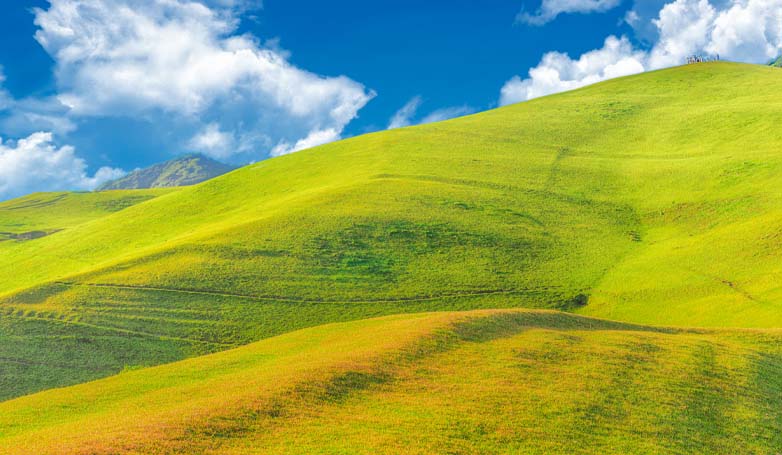
Marlboro Country, also known as Racuh A Payaman, is a breathtakingly beautiful, expansive pastureland in Batanes, Philippines. Nestled in the northernmost province of the country, this vast area is characterized by rolling hills, deep green grass, and panoramic views of the Pacific Ocean. Often accompanied by herds of grazing cattle and blanketed by an azure sky, the site is a serene and picturesque landscape that offers visitors a glimpse into the unspoiled beauty of Batanes. Used primarily as communal grazing grounds, the area has unique biodiversity and is surrounded by rocky cliffs, making it a perfect location for landscape photography, painting, or simply taking in the natural splendor that is a hallmark of this Philippine gem.
- The place is sometimes referred to as the “Scotland of the East” due to its resemblance to the Scottish Highlands.
- Unlike the commercial connotation of its nickname, Marlboro Country in Batanes has no association with the tobacco industry.
- The hills of Marlboro Country offer some of the best vantage points for witnessing the powerful meeting of the West Philippine Sea and the Pacific Ocean, showcasing the island’s unique geographic location.
6. The Cultural Heartbeat in Chavayan Village
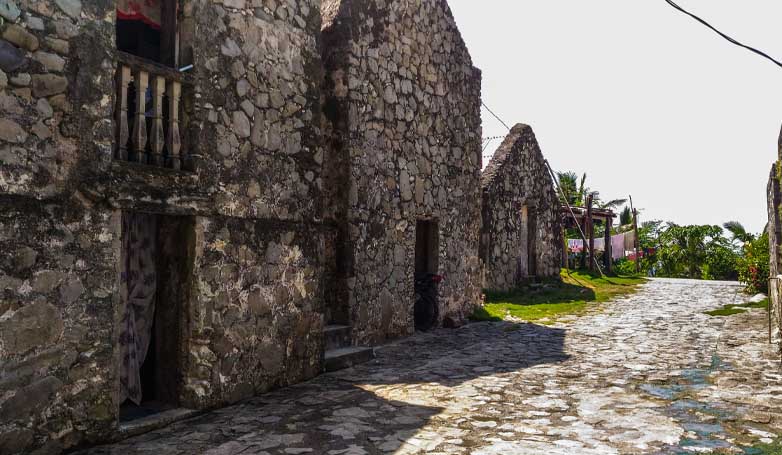
Chavayan Village is a serene and picturesque community nestled in the rugged yet stunning landscapes of Batanes, Philippines. Known for its well-preserved culture and traditional Ivatan stone houses, the village offers a glimpse into the unique heritage of the archipelago. Inhabited by friendly locals, it is distinguished by its narrow streets, ancient houses roofed with cogon grass, and the tranquil ambiance that harks back to simpler times. Surrounded by breathtaking vistas of the sea and rolling hills, Chavayan stands as a testament to the resilience and ingenuity of the Ivatan people, enduring the harsh weather conditions that characterize the region.
Trivia
- It is home to the Sabtang Weavers Association, where women of the village intricately weave the traditional “Vakul,” a headgear designed to protect against the sun and rain.
- The village remains relatively untouched by modernization, with no cellular signal in the area, giving visitors an opportunity to disconnect and immerse themselves in local life.
- Annually, the village celebrates the “Palo-Palo” Festival, featuring traditional dances, music, and a display of the Ivatan’s historical defense against invaders.
7. MORONG BEACH
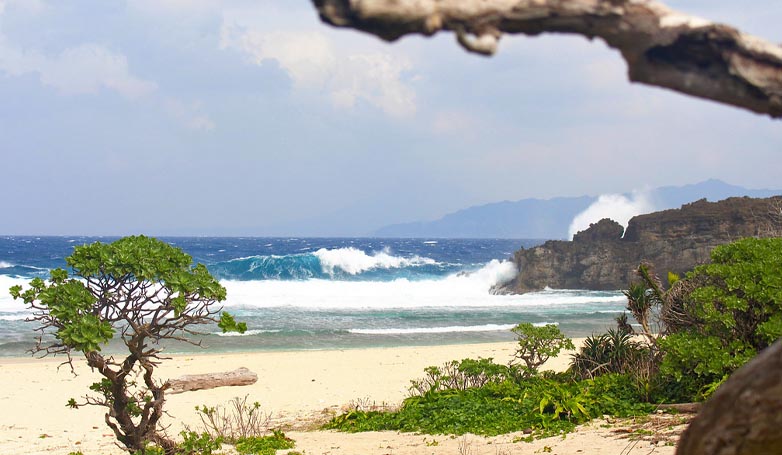
Morong Beach, nestled in the picturesque archipelago of Batanes, Philippines, is renowned for its serene beauty and unspoiled natural charm. The sandy shores here are flanked by rolling hills and the vast expanse of blue waters, offering visitors an idyllic escape from the bustle of city life. Traditional Ivatan houses dot the landscape, providing a unique cultural backdrop to the beach’s panoramic views. Morong Beach is particularly famous for its iconic natural arch called “Ahaw,” a rock formation sculpted by wind and waves that has become a symbol of Batanes’ rugged yet enchanting coastlines. The crystal-clear waters are ideal for swimming, while the gentle sea breeze makes the beach perfect for leisurely strolls and meditation.
Trivia
- The waters surrounding Morong Beach are known for their rich marine biodiversity, which includes various species of corals, fish, and sometimes even visiting sea turtles.
- Many visitors to Morong Beach participate in traditional fishing activities with the locals, providing a glimpse into the sustainable practices that are part of daily life in Batanes.
- Due to its unique geological formations, Morong Beach and the rest of Batanes are often used as natural laboratories by scientists studying the impacts of climate change and natural disasters.
Until We Meet Again, Batanes: The Island Escape That Steals Hearts and Sparks Wanderlust
As we wrap up our virtual journey through Batanes, it’s easy to see why this hidden paradise in the Philippines captures the hearts of all who visit. It’s not just the raw beauty and the warm hospitality of the Ivatans that make Batanes unforgettable—it’s the way this place makes you feel. Small against the vastness of nature but also part of something incredibly beautiful and greater than yourself. When you finally set foot on these mystical islands, remember to tread lightly, respecting the delicate balance of culture and environment that makes Batanes truly enchanting.
So, while you’ve heard tales and seen pictures of Batanes, the reality far surpasses any storybook description. Cherish these memories and hold onto the allure of Batanes, for once you’ve been touched by its magic, every sunrise may lead your heart back to its rugged cliffs and serene shores. Until then, keep this guide close and let it inspire your next adventure to the northern crown of the Philippines. Farewell, Batanes, until we meet again!
Batanes, Philippines FAQs
Here are the most common questions about the Batanes, Philippines.
1. Is Batanes safe for travel?
Batanes is generally considered very safe for travel with low crime rates and a friendly local population. However, since it is geographically isolated and prone to typhoons, weather disruptions can pose challenges, and visitors should monitor forecasts and advisories.
2. What is the best time to visit Batanes?
The best time to visit Batanes is during the dry season from March to early June when the weather is most likely to be clear and pleasant. However, since Batanes has a cooler climate compared to the rest of the Philippines, it can be a year-round destination.
3. How long should a typical vacation in Batanes be?
A stay of 4 to 7 days is recommended for a comprehensive Batanes experience. This duration allows for weather disruptions, island hopping, leisurely exploration, and cultural immersion.
4. What is the currency used in Batanes?
Like the rest of the Philippines, the currency used in Batanes is the Philippine Peso (PHP). Credit card facilities can be limited, especially in smaller establishments, so it’s advisable to have cash on hand.
5. What should tourists pack when visiting Batanes?
Given the variable weather conditions, tourists should pack:
- Light, comfortable clothing for daytime
- Warm clothing or jackets for evenings as it can get chilly
- Rain gear, since showers can be sudden and heavy
- Sun protection (hat, sunscreen, sunglasses)
- Sturdy shoes for walking or hiking through rugged terrain

